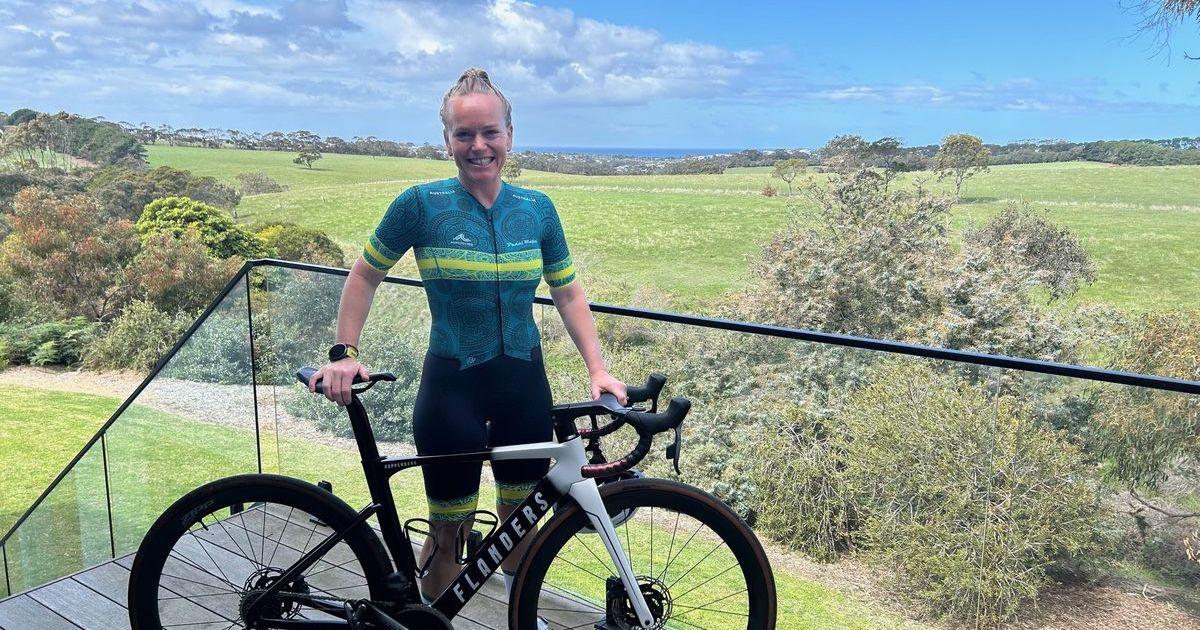Exercising as we get older

Danielle Kloosterman is a Pilates instructor and (almost) exercise physiologist who works at the The Health Creation Centre, Ocean Grove. Phone today to make an appointment.
Are you feeling less active than you used to?
Is a recent injury, or stiff joints encouraging you to spend more time on the couch than in the gym? I’m here to tell you about “Active Ageing”.
“I can’t exercise because of my arthritis” is the most common reason I hear from clients as to why they aren’t physically active.
Yes, age-related joint changes become more apparent as we age; however, resistance exercises (pushing/pulling exercises which make your muscles work harder) are essential in maintaining your mobility, and may even prevent the need for joint replacements.
For those who have severe arthritis, exercise before and after your joint replacement will help with your recovery and your ability to move post-surgery.
For us women, ageing means menopause (I’m sure I don’t need to tell you that it’s not a fun process).
During menopause, a woman’s bone mineral density decreases due to hormonal change; increasing your risk of developing osteopenia and osteoporosis, as well as potential bone fractures due to trips and falls.
Resistance, impact and balance exercises are the best way for you to increase your bone density and reduce your risk of falls, assisting you in remaining mobile for as long as possible.
The current National Physical Activity Guidelines for adults over 65 is 30 minutes of moderate intensity exercise every day.
Adults under 65 should aim to accumulate a total of 150-300 minutes of moderate intensity physical activity, or 75-150 minutes of vigorous physical activity every week, including at least two days of strength exercises.
If you have previously stopped being active, it’s a great time for you to start again! Start at a level that is manageable for you and gradually build up to the recommended amount.
There are plenty of ways for you to be active that don’t involve a gym membership. Meeting with an exercise physiologist is a great way for you to find out more about this and see what you can be doing to manage your health as you get older.

















